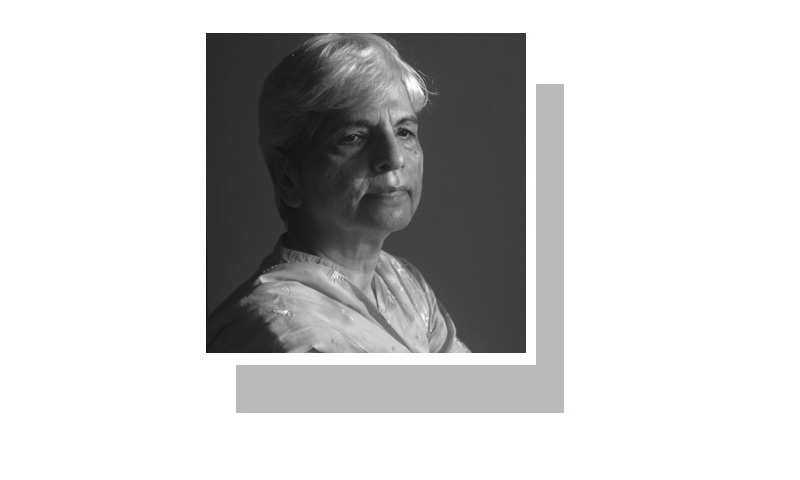
WE seem to be living in an age when countries are constantly being measured, classified and ranked. The trend was set by the United Nations Development Programme 25 years ago when the Human Development Index was introduced. Many others followed suit as new technologies were developed for gathering and collating data from diverse sources that made the compilation of such indices feasible.
Today, virtually no area of national life has been left without being probed. We have international rankings on education, disease, poverty, corruption, press freedom, gender empowerment, religious freedom, and even happiness. Only recently, the Global Peace Index 2016 (GPI) — a relatively new area to be measured — was released which warns us how wars are taking us down the path of self-destruction.
The GPI, a product of the IEP (Institute of Economics and Peace, London) will not come as a revelation to those who aren’t too focused on statistics. We all know that violence has escalated worldwide. Terrorism is at historical levels; in 2014 alone, it took a toll of 30,000 lives. Battle deaths are at a 25-year high, resulting in the displacement of some 60 million people. This bodes ill for the future of humankind. What is, however, significant is that all countries ranked low by this index are invariably at the bottom of all lists.
How does Pakistan fare? Trailing at 153 out of the 163 states ranked, it has all the negative traits the report warns us against. This is not surprising for we figure equally poorly in all other indices.
The emphasis of ‘positive peace’ is on ensuring society’s security.
The fact is that human life cannot be sliced into segments with one part doing very well and the other being in an appalling state. The abundance of analysis of data we are exposed to proves beyond doubt that one sector of life interacts with another, creating a holistic impact on the entire nation.
Hence policymakers should take the information and its analysis seriously when planning their strategies. Take the GPI for instance. It says that for peace to become a permanent feature in the life of a state there are certain qualities that must be promoted on an ongoing basis. This is termed as ‘positive peace’ which is defined as the “attitudes, institutions and structures” that sustain peaceful societies. These focus on achieving “acceptance of the rights of others”, “low levels of corruption”, “free flow of information” and a “well-functioning government”.
If these features are present the other goals stressed by the GPI — meeting citizens’ needs and resolving their grievances without the use of violence — will be addressed in the normal course of things.
Societies that observe positive peace principles are more “peaceable” and cohesive. We tend to neglect the basic fact that it is the instability and uncertainty in their lives that drives people to violence. Lack of control over one’s life deprives a person of equanimity of mind. Hence the emphasis of ‘positive peace’ is on ensuring safety and security in society. This is possible only if citizens are provided social justice that guarantees their basic rights to health, education, shelter and employment. Inequality is another factor that robs large sections of underprivileged humanity of their self-esteem leaving them angry and humiliated and prone to acting violently. We see this happening in Pakistan all the time.
The state itself is often responsible for denying its people the safety and security that they are entitled to. That is not all. We are also seen as promoting violence by allowing weaponisation in society to go unchecked and not lessening tensions with neighbours. Since its birth the country has never been conflict-free for a long stretch of time. It has seen wars and been in the grip of domestic conflict basically because of political instability and the failure of our leadership — both civilian and military. Our foreign policy has often been criticised. This, together with the feeble efforts put in for achieving political, economic and social strength, has paved the way for the security establishment to take charge.
A study of the GPI establishes that these factors have been present in abundance in all the countries that are at the tail end of the index. Thus along with Pakistan, four other countries — Iraq, Syria, Afghanistan and Nigeria — have contributed to 78 per cent of deaths resulting from global terrorism.
There are two other factors that characterise the 11 least peaceful countries in the list. First, all of them have suffered some form of military and political meddling in their affairs by the US that has set the tone of war and peace in the region.
Second, with the exception of three in these 11 countries, all of them have a Muslim majority. It would be instructive for researchers to study the impact of the United States’ presence on peace in distant regions and the link between religion and war.
Published in Dawn, September 30th, 2016











































